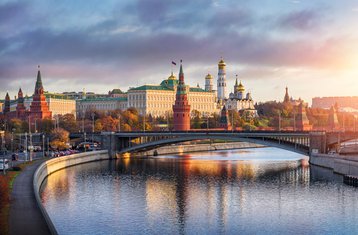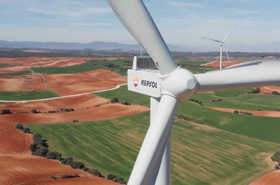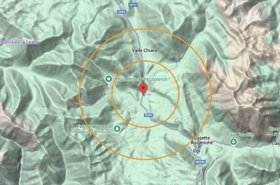Six Russian supercomputing centers are teaming up to form a research consortium.
Dubbed the Distributed Scientific Supercomputer Infrastructure consortium, the facilities will combine a relatively meager 1.5 petaflops of compute performance with scientific data storage systems exceeding 15 PB across 900 servers.
Included in the consortium is the Khabarovsk Federal Research Center of the Far Eastern Branch of the Russian Academy of Sciences, the Institute of Automation and Control Processes of the Far Eastern Branch of the Russian Academy of Sciences (Vladivostok), the V.M. Matrosov Institute of System Dynamics and Control Theory of the Siberian Branch of the Russian Academy of Sciences (Irkutsk), the Institute of Computational Mathematics and Mathematical Geophysics of the Siberian Branch of the Russian Academy of Sciences (Novosibirsk), the N.N. Krasovsky Institute of Mathematics and Mechanics of the Ural Branch of the Russian Academy of Sciences (Ekaterinburg), and the Space Research Institute of the Russian Academy of Sciences (Moscow).
The consortium does not include Russia's most powerful state-owned supercomputer, the Lomonosov 2 located in the Lomonosov Moscow State University, which has an Rmax performance of 2.48 FP64 pflops. Nor is the commercial Yandex Chervonenkis supercomputer, with 21.53 FP64 pflops, included.
Announced by the Russian Academy of Sciences on August 16, the consortium aims to coordinate efforts for the "development and support" of Russian supercomputer centers and specialized data centers to "address pressing scientific, technical, and socio-economic challenges."
The six centers included in the consortium already support around 240 organizations across Russia, and contributed to more than 300 research papers in 2023.
“For various reasons, the time has come for systemic solutions in matters of building a national supercomputer infrastructure,” commented Alexey Anatolyevich Sorokin, PhD. “We need to move away from competition between shared use centers to combining their resources and competencies. Today, there is a demand for a distributed infrastructure that should cover technological sites in different regions of the country connected by high-speed communication channels, and equipped with modern computing systems with different architectures and specialized data storage systems.”
“The creation of the Distributed Scientific Supercomputer Infrastructure consortium is an important step towards uniting the resources and competencies of Russia’s leading scientific centers,” added Nikolai Yuryevich Lukoyanov, director of the N.N. Krasovsky Institute of Mathematics and Mechanics.
“This project not only strengthens the interaction between various supercomputer centers, but also ensures more efficient use of high-performance computing systems in solving complex scientific and applied problems. The consolidated infrastructure will allow us to significantly expand the range of research, improve the quality of data processing, and support the development of science and technology in various regions of the country.
The consortium will look to modernize the centers for collective use, and equip them with up-to-date equipment.
A report by Tom's Hardware speculates that the initiative has been motivated by US chip sanctions imposed on Russia following the latter's invasion of Ukraine, noting that "pooling in resources will enable Russian scientists to get access to higher performance."







